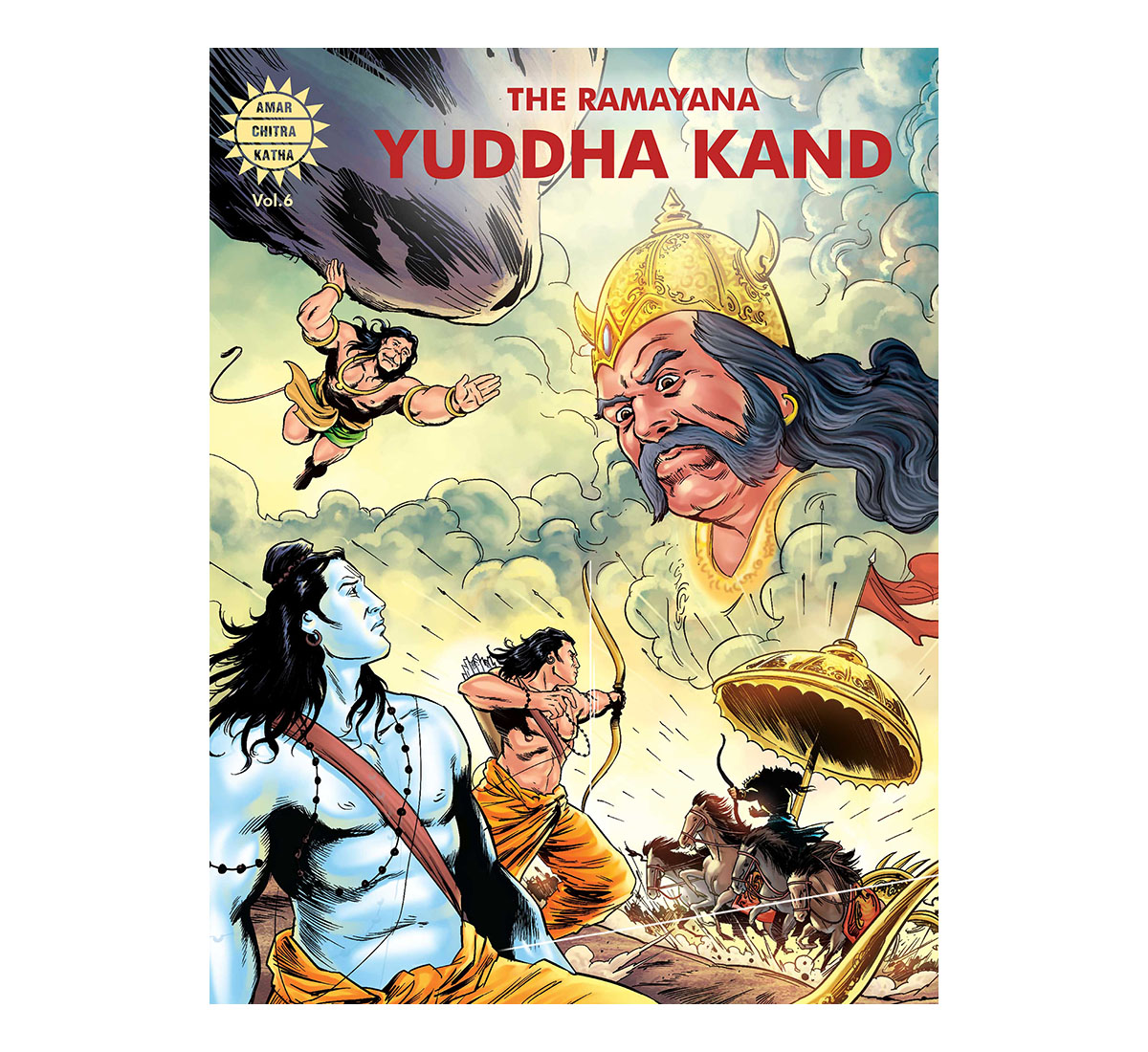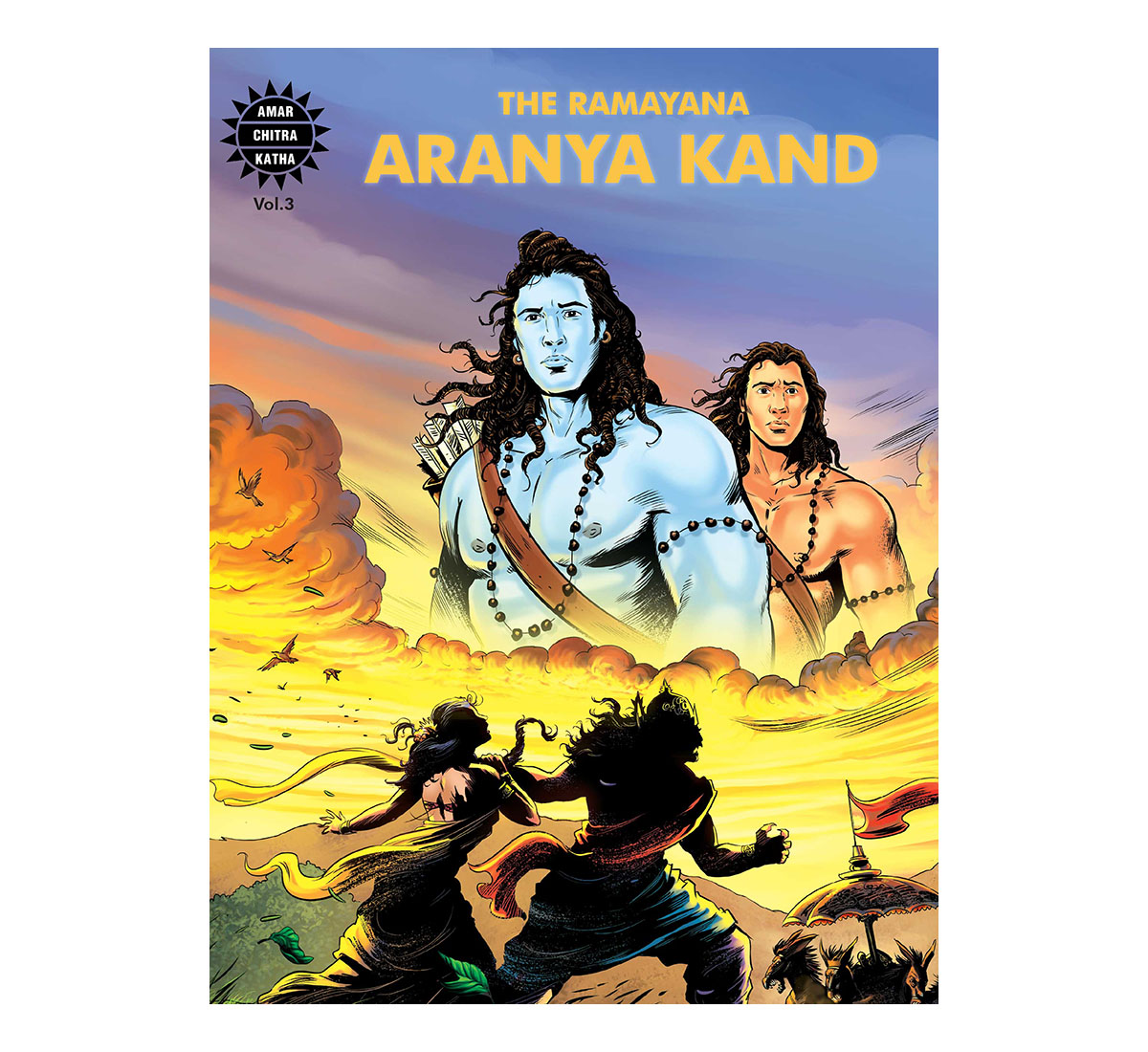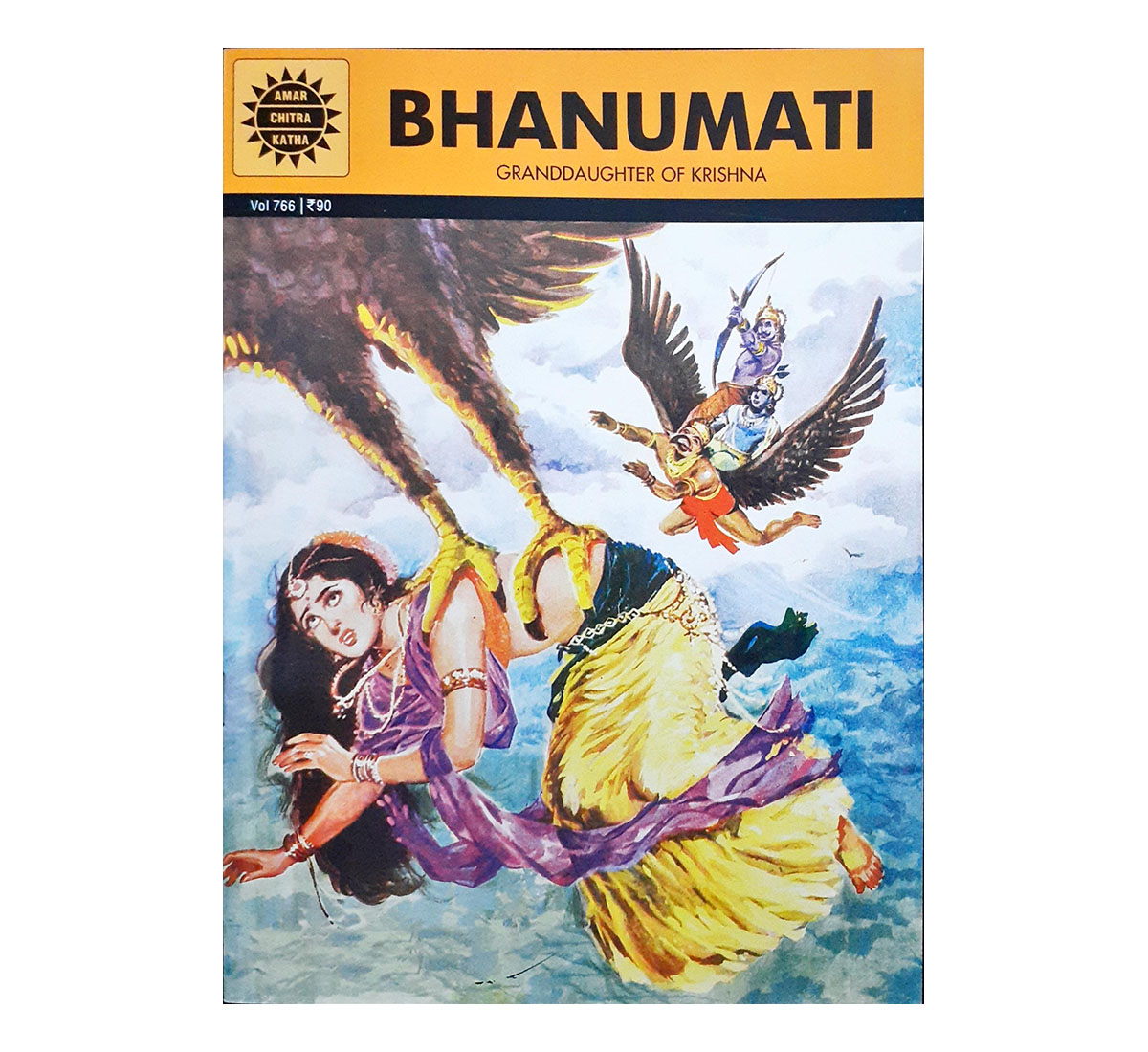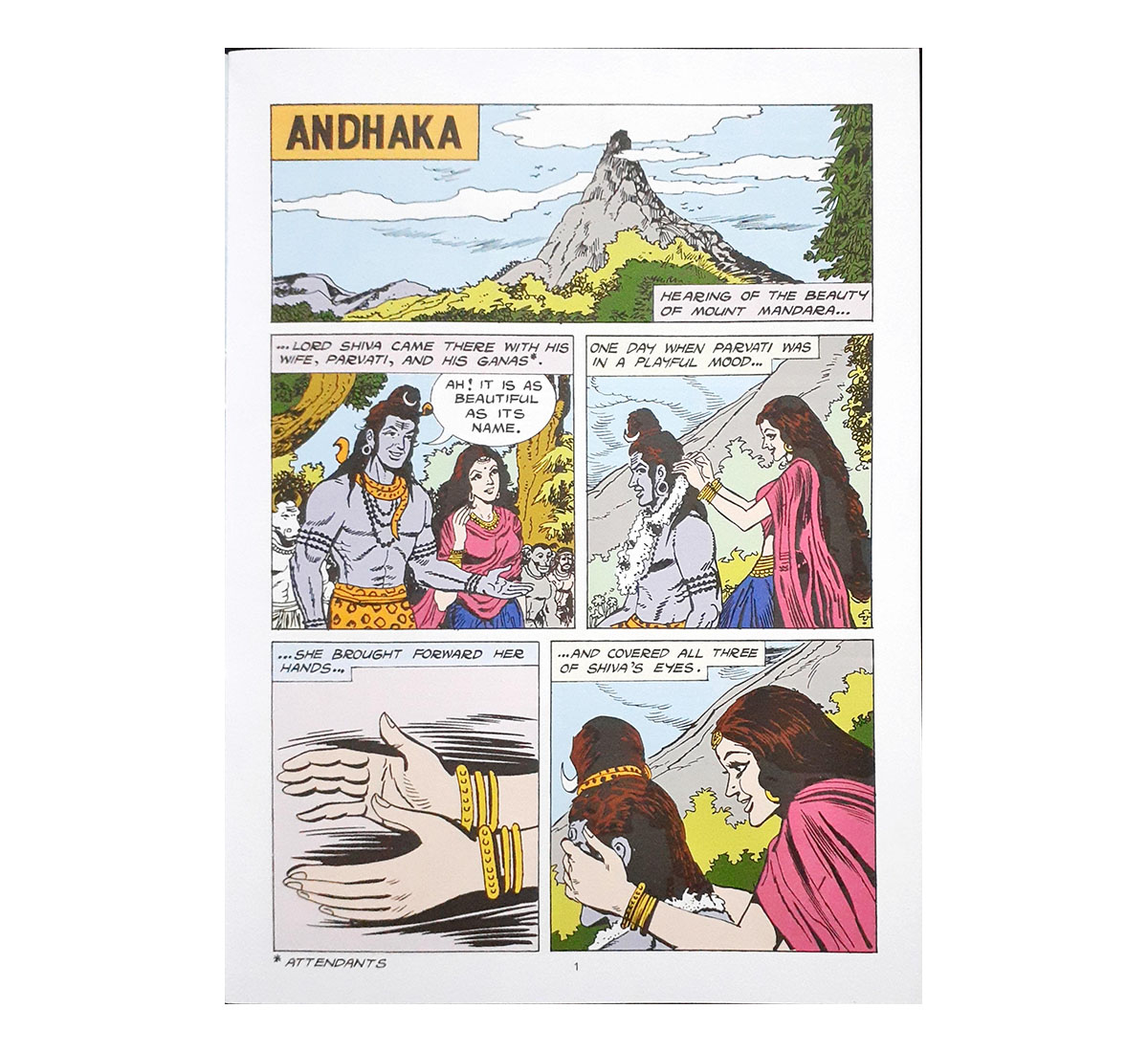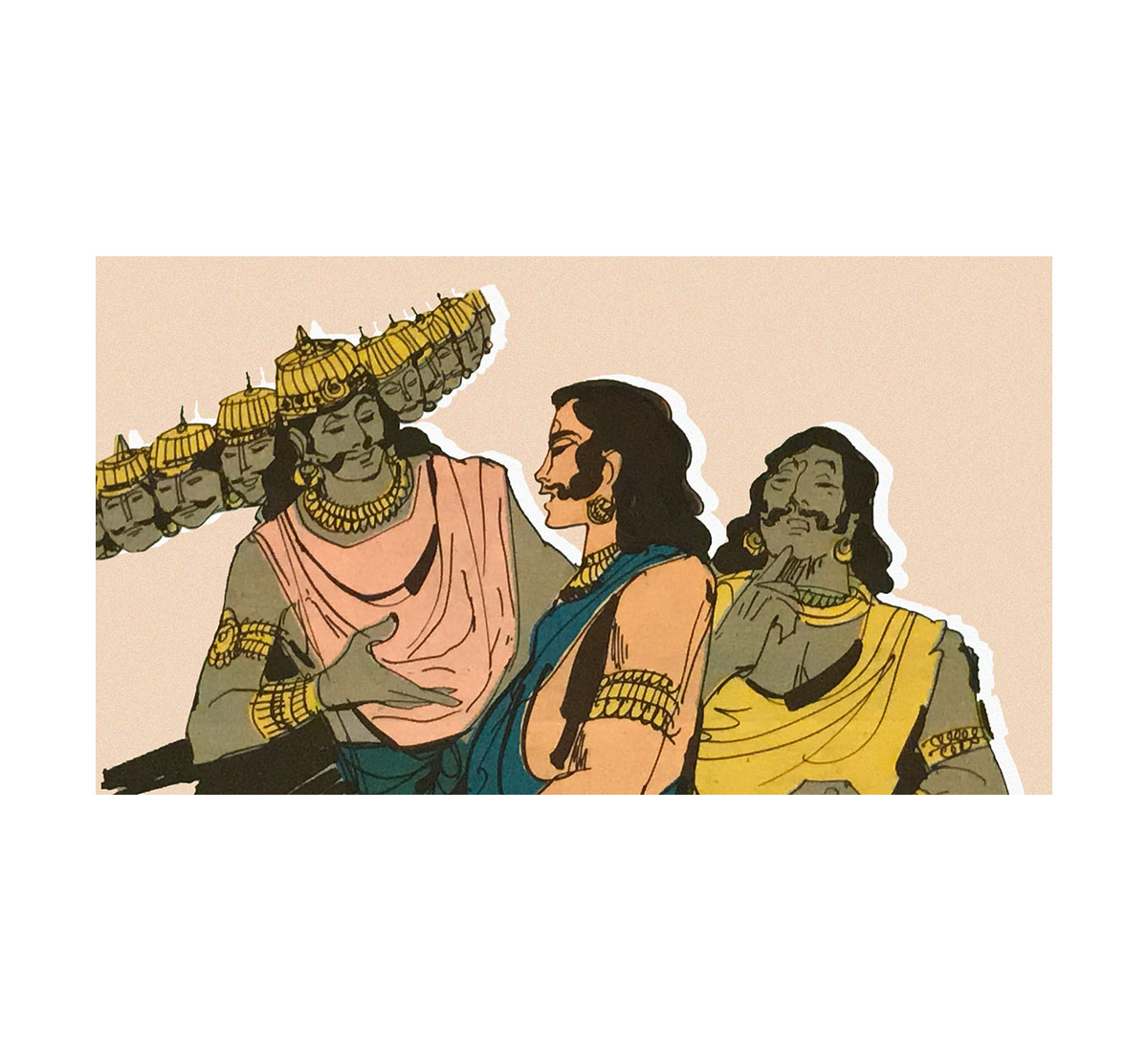PERSPECTIVES
An Immortal Imaginary: The Legacy of Amar Chitra Katha
To reminisce about a childhood spent in late twentieth century India or in the Indian diaspora is to remember reading Amar Chitra Katha comics extensively. Since its inception in the 1960s, Amar Chitra Katha has entertained and enthralled generations of children, leading to the creation of enduring idealistic ideas of the country, the people, and its heritage. Amar Chitra Katha (or ‘immortal picture story’) is the first major homegrown comic book series in India.
Anant Pai reportedly created the comics when he saw some Indian students on a television show being proficient in Greek and Roman mythology but lacking knowledge about their own region’s history. An aura of moral and cultural pedagogy emerged around the origins of the series and its creator, Uncle Pai as he was often called, and the comics eventually came to be used by parents and teachers as didactic tools for historical, cultural and moral education. However, it was apparently a Bangalore book salesman, G. K. Ananthram, who first created the comics in Kannada. Inspired by the Kannada literary renaissance in the 1940s-50s, Ananthram translated popular European children’s tales such as Cinderella, Little Red Riding Hood, The Wizard of Oz, etc. into Kannada. When Uncle Pai joined the venture later, he developed the series in English but reoriented the focus to Indian mythology and folklore. The first English Amar Chitra Katha title Krishna was the eleventh in the series.
Pai personally saw the series as having helped foster the integration of the hundreds of ethnic groups in India by teaching children about the diverse myths and stories from the region. However, the downside of this integration project, as many critics have noted, was the prioritisation of a dominant history and narrative, devaluing complexities of regionally specific oral traditions, and co-opting the experiences and histories of religious, social and ethnic minorities to serve the dominant narrative. As Shaan Amin points out in the 2017 essay “The Dark Side of the Comics that Redefined Hinduism”:
ACK largely omit religious minorities, including Christians and Sikhs, from its extensive “Makers of Modern India” collection. Muslims fare the worst among these groups. In the series’ medieval histories, adherents of Islam often play the boogeymen, a menacing, green-clad horde threatening brave Hindus.
Amar Chitra Katha’s earliest titles focused on the lives of mythological and religious Hindu figures such as Krishna, Shakuntala or Padmini (Padmavati). Through these stories, ideal models for masculinity, femininity, family, morality, and Indian identity were foregrounded, to be consumed by the emerging middle class during the post-Independence period. Critics have noted how the comics strung together an ideal of Hindu masculinity — fair skin and upper caste with authority, virtue and excellence — whereas Hindu femininity was constructed around affinity towards nature and maternal instincts, sexual restraint, and submission to father, husband and nation. Furthermore, the heroines also embodied idealised female bodies and were often sexualised in their depiction. The comics also replicated harmful beauty standards in depicting heroes and heroines in fair skin and villainous characters in darker skin; an aesthetic choice that’s made more problematic due to the associations of dark skin with lower castes and minority groups in India.
As the series became a household name by the 1970s, selling over 100 million copies till date, it also became instrumental in the post-1947 nation-building project, shaping a vision of ‘immortal’ nationalism and a glorious Indian identity for generations of children in the region and the diaspora.
Bibliography
Amin, Shaan. “The Dark Side of the Comics That Redefined Hinduism.” Atlantic, December 30, 2017. https://www.theatlantic.com/entertainment/archive/2017/12/the-comics-that-redefined-hinduism/539838/.




